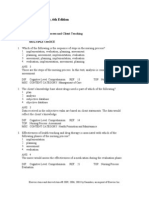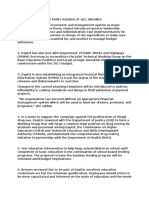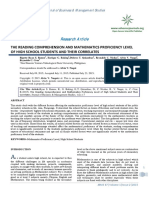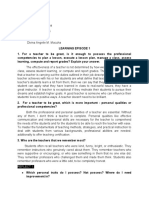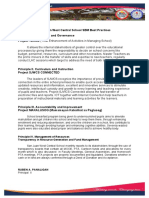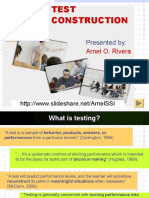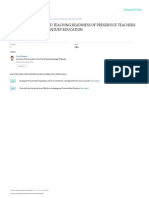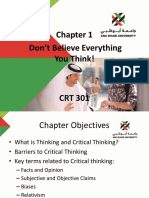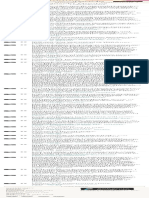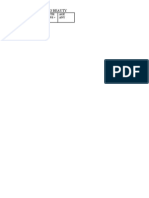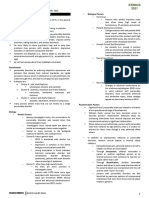Republic of the Philippines
Polytechnic University of the Philippines
Quezon City Campus
achelor in usiness Teacher Education
“
Initiation, Persistency Cooperative Behavior as Change Related Effort of North Fairview High School in K to 12 Implementation
”
In partial fulfilment to the requirements Of the course subject Practicum II Submitted to:
Prof. Sheryl B. Morales Prof. Marilyn Isip
Submitted by:
Ansale, Divine P. Chavez, Jollyrosetheres C. Daang, Joan Flores, Melanie J. Rodaje, Mariel Rombaon, Mark Joseph P. Sabalberino, Irene B.
March 1, 2014

BACKGROUND OF THE STUDY: Education
in its general sense is a form of learning in which the knowledge, skills, and
habits of a group of people are transferred from one generation to the next through teaching, training, or research. Education frequently takes place under the guidance of others, but may also be autodidactic.
Any experience that has a formative effect on the way one thinks, feels, or acts may be considered educational. Education is commonly divided into stages such as preschool, primary school, secondary school and then college, university or apprenticeship.
Every Filipino child now has access to early childhood education through Universal Kindergarten. At 5 years old, children start schooling and are given the means to slowly adjust to formal education. Research shows that children who underwent Kindergarten have better completion rates than those who did not. Children who complete a standards-based Kindergarten program are better prepared, for primary education. Education for children in the early years lays the foundation for lifelong learning and for the total development of a child. The early years of a human being, from 0 to 6 years, are the most critical period when the brain grows to at least 60-70 percent of adult size. Education in the Philippines prior to the mid-20th century was patterned on the educational systems of its earlier colonial powers, those of both Spain and the United States.
However, after the liberation of the Philippines in 1946 its educational system changed radically. The Philippines' Department of Education (or DepEd) administers the entire educational system,
especially its curriculum, along with the utilization of given funds for school services, equipment, recruitment of teachers (for public schools only), etc.
The former educational system of the Philippines was composed of 6 years of elementary education starting at the age of 6, and 4 years of high school education starting at the age of 12.
Under this system compulsory education was not enforced. However, 2011 signalled the start of the implementation of a new educational system, which is the compulsory K-12 educational system that includes the new curricula for all schools (see 2010s and the K-12 program).
Basic Education Curriculum (BEC),
this is a form of tool which will stand as one point of learning areas as adequate for the development of competencies starting from Basic education up to the second level of which is renounced as High School. This will focus more on developing knowledge, skills, habits and attitudes through the guidance of educationalist assigned. As for 2015, wide grounding has been made for the Philippine Education For All which is known as EFA. A curriculum guides the instructional lessons that teachers use. A curriculum defines what the learner will learn and can possibly guide when the learner learns the information from the lesson. In the Philippines, we have a national curriculum implemented nationwide in all public elementary and secondary schools. It is called the Basic Education Curriculum (BEC).The private schools have the option to enrich or modify the BEC as circumstances in their schools dictate. Furthermore, the DepEd uses the national curriculum as the standard for assessing your performance and the performance of your pupils. There must be only one standard for all.
The K to 12 Program
covers Kindergarten and 12 years of basic education (six years of primary education, four years of Junior High School, and two years of Senior High School [SHS]) to provide sufficient time for mastery of concepts and skills, develop lifelong learners, and prepare graduates for tertiary education, middle-level skills development, employment, and entrepreneurship.
Program implementation in public schools is being done in phases starting SY 2012
–
2013. Grade 1 entrants in SY 2012
–
2013 are the first batch to fully undergo the program, and current 1st year Junior High School students (or Grade 7) are the first to undergo the enhanced secondary education program. To facilitate the transition from the existing 10-year basic education to 12 years, DepEd is also implementing the SHS and SHS Modelling.






